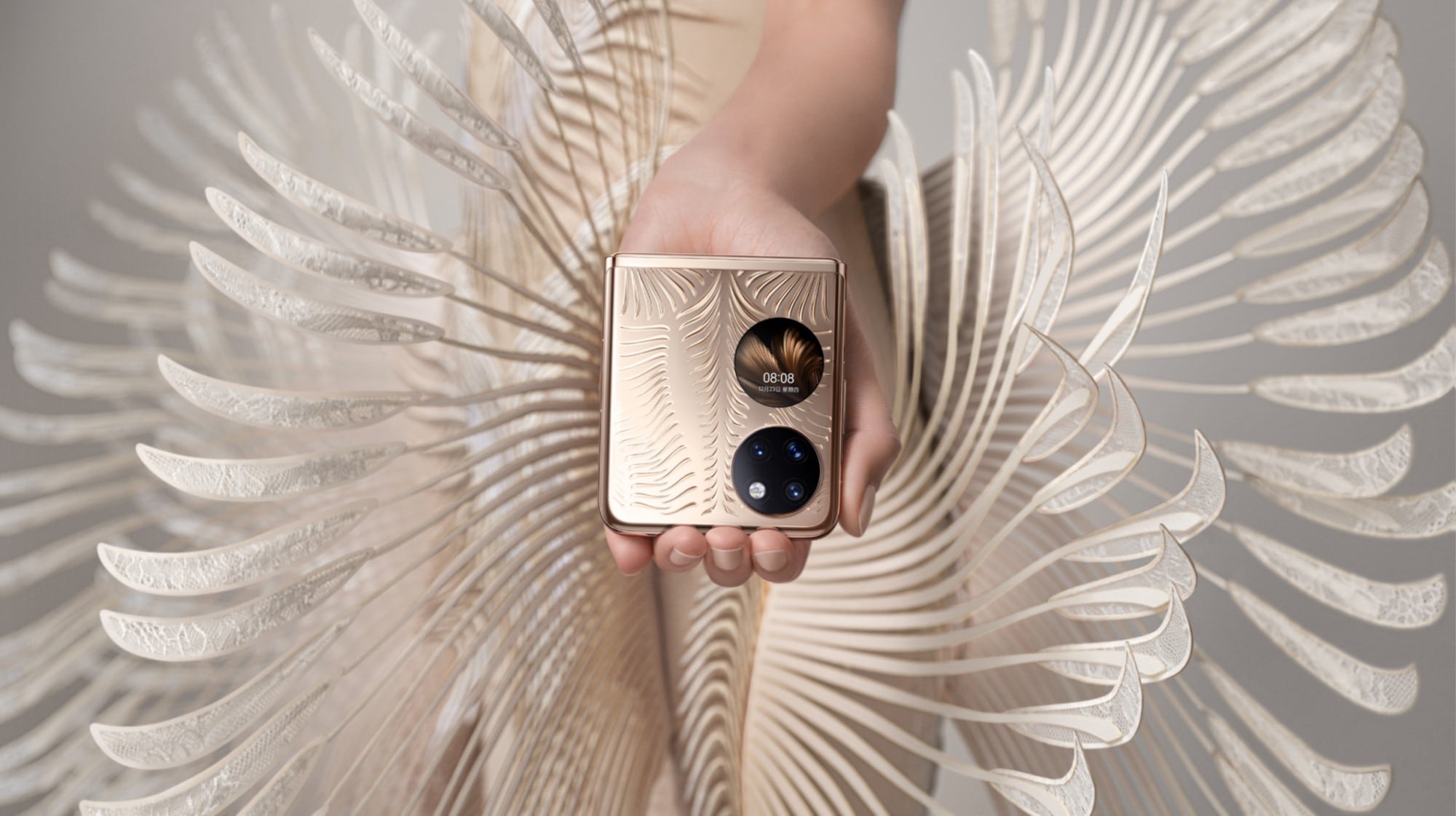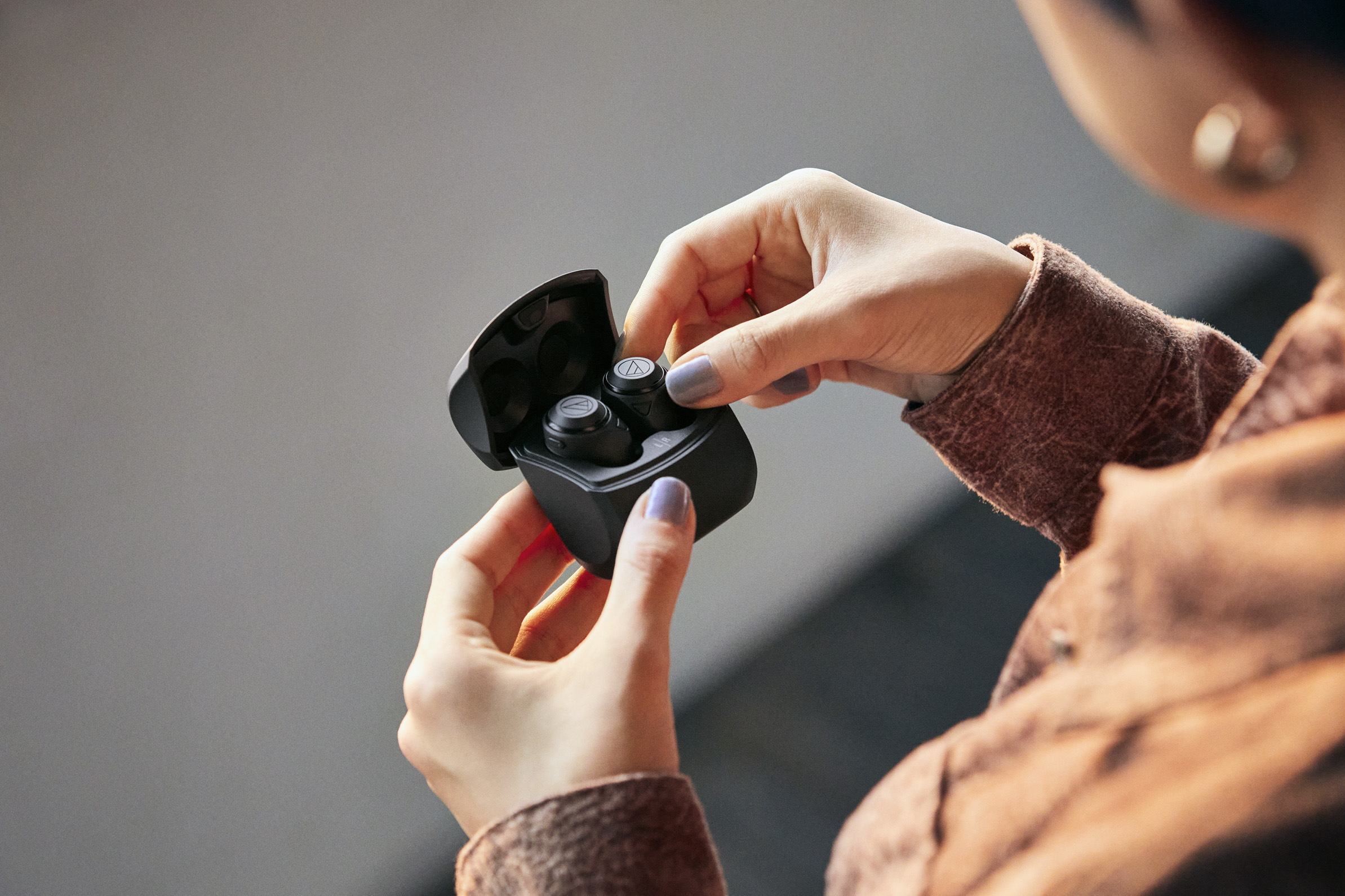
The Fujifilm X-E4, available last month, is the successor to the X-E3 that debuted way back in 2017. Essentially, it is a much cheaper version of Fujifilm’s rangefinder-style flagship X-Pro3 mirrorless camera (from $2,699 body only).
SPECS
PRICE: S$1,299 (body only); available in Lazada and Shopee
IMAGE SENSOR: 26.1-megapixel APS-C X-Trans CMOS 4
DISPLAY: 3-inch tiltable touchscreen LCD with 1,620,000 dots; OLED electronic viewfinder with 2,360,000 dots
SHOOTING SPEED: Up to 8 frames per second
SENSITIVITY: ISO 80 to 51,200
CONNECTIVITY: Wi-Fi, Bluetooth
WEIGHT: 364g (body only, with battery and memory card)
The X-E4 might lack the hybrid optical/electronic viewfinder and weather-sealing, but the X-E4 retains the rangefinder-styling with an electronic viewfinder (EVF) on its top left corner.
In fact, the X-E4 shares the same 26.1-megapixel APS-C X-Trans CMOS 4 image sensor and the quad-core X-Processor 4 image processor as the X-Pro3.
DESIGN
Compared the X-E3 I reviewed nearly four years ago, the X-E4 feels smaller even though it is actually slightly heavier.
The retro rangefinder-style looks has been retained and the camera looks really sleek. Not often, you get to say a camera looks sleek.

In front, there is a command dial to quickly change settings. On the top right are vintage milled dials that allow you to quickly change shutter speed and exposure compensation value.
Interestingly, there is a new Program (P) option on the shutter speed dial. Selecting this P option will override the aperture ring settings on the lens and the camera goes to full automatic mode. Previously, you have to turn to A option in the shutter speed dial and A option on aperture ring settings to go full automatic.

At its rear, there is a mini joystick – sited conveniently where your thumb rest when holding the camera – for you to easily change settings.
FOR
+ Superb image quality
+ Responsive performance
+ Retro rangefinder looks
+ Sturdy build
AGAINST
– Body too lightweight for use with large lenses
– No sensor stabilisation
– Lack of front grip and rear thumb rest
In addition, its touchscreen display is tiltable to 180 degrees. Thus, you can take selfies easily with this camera.
While the build remains as sturdy as ever, I am disappointed by the lack of a front grip and a rear thumb rest. This makes grasping the camera harder than before.
Not to mention, the Drive/Delete button is situated beside the EVF. So if you use your left thumb to access this button, you will definitely activate the EVF proximity sensor to turn off the display.

For this review, the X-E4 was used with the XF 16-55mm f/2.8 lens. This is quite a heavy lens and as such, the overall camera feels front-heavy.
In retrospect, I should have got the new XF 27mm f/2.8 pancake lens which is lightweight and thin. It probably suit the X-E4’s body better, as it will make it even more pocketable than a smartphone like Samsung Galaxy S21 Ultra.

PERFORMANCE
Operation is swift, with the camera taking around 0.5sec to power up or shut down. This is nearly four times faster than most mirrorless cameras. Shutter lag is minimal.
Using an SD card with a writing speed of 95MB per second, the X-E4 was able to capture 20 RAW images in 2.2 seconds before its buffer ran out. While the buffer size could be bigger for longer stamina, its shooting speed is as quick as advertised.

The auto-focus (AF) performance is great too. Getting a focus lock in bright sunlight is almost instantaneous. Under dim lighting conditions, it takes only around a second to secure the focus lock with the help of the AF-assist light. This is one responsive camera.
Still image quality is superb for its class with vivid colours and great dynamic range. Details were sharply rendered and visible even in the shadow areas.

The ISO noise performance is amazing too. Noise artefacts only started to appear at ISO 6,400, and not even significant unless you look hard enough. It was only at ISO 12,800 that detail loss and chromatic noise become visible.

BATTERY LIFE
Battery life is quite good, by mirrorless cameras’ standard. Even though it is rated at 460 still images on a full charge, I was able to shoot around 600 stills and the battery level only dropped to 50 per cent.
Moreover, the X-E4 allows for USB charging via its USB-C port. A practice I hope all camera makers adopt, as it is much more convenient.
VERDICT
The Fujifilm X-E4 is a stylish, responsive and lightweight mirrorless camera that is gentle to the pocket too. At S$1,299 (body only), it is cheaper than the competition that does not look anywhere as good. In fact, I am more likely to buy this camera over Fujifilm’s iconic X100V fixed lens camera, as it has the ability to change lenses.
RATING
FEATURES: 7/10
DESIGN: 9/10
PERFORMANCE: 8/10
BATTERY LIFE: 9/10
VALUE FOR MONEY: 8.5/10
OVERALL: 8/10






